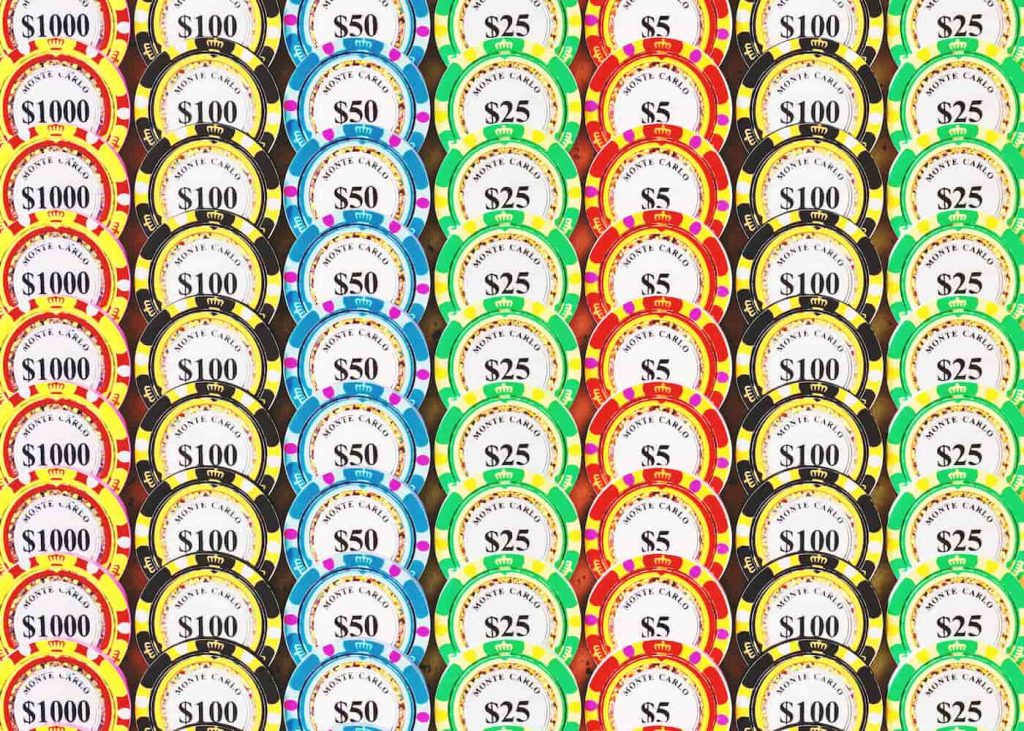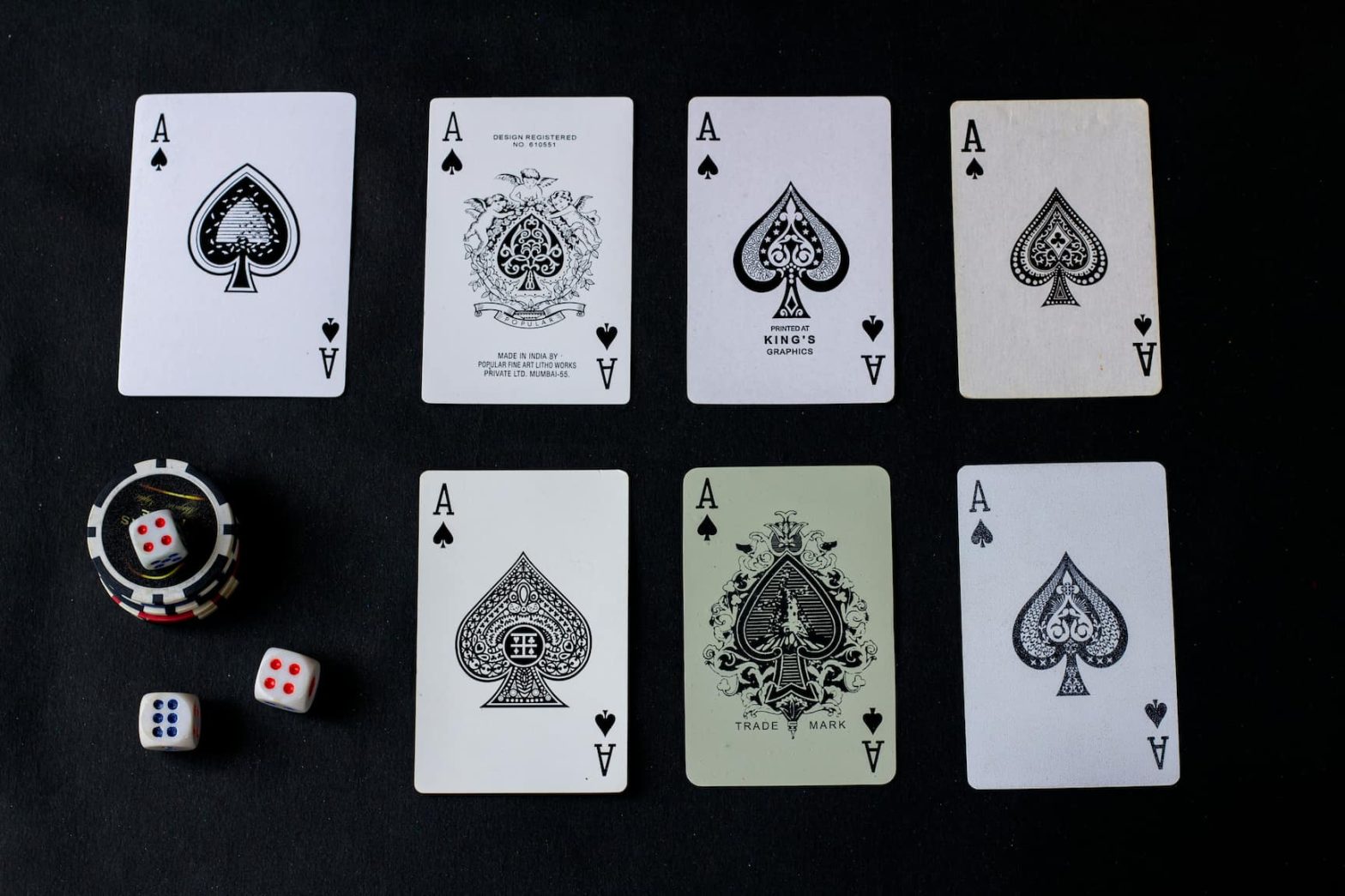In most blackjack strategies, players try to beat the game by tracking which cards have been played. That’s standard card counting. But what if, instead of following the patterns, you did the opposite? Reverse card counting flips the concept on its head. Some players have even explored this strategy while playing on platforms such as Vave.
A Risky Twist on Classic Strategy
Traditional card counting rewards players who spot when the deck is rich in high cards. Reverse card counting, however, watches for the same clues, then wagers as if the streak will break. It’s like saying, “If this table is due to win, I’ll bet it loses.” Sound wild? That’s because it kind of is. But some gamblers swear by it.
Meet the Contrarians
There’s a small but growing group of players who believe casinos rely on predictable psychology. “They want you to chase,” says one player who asked to stay anonymous. “So I do the opposite.” They don’t call it luck. They call it math in disguise. Reverse counters study shoe trends and purposely ride against the current. When the table heats up, it cools off. When it goes cold, they lean in.
Betting on the Break
The core idea is this: patterns are illusions. In a long enough game, even hot decks cool. So instead of riding the wave, reverse counters try to catch the crash. When the table shows a long streak of wins, they increase bets that it will fail. This strategy thrives on the idea that most players act emotionally. Reverse counters? They stay cold.
Why It Frustrates the House
Casino bosses usually look for classic card counters—players who bet big when the count swings high. Reverse counters don’t fit that mold. They don’t play like winners. Their bets rise when logic says they shouldn’t. And they lose just enough to stay under the radar. But when did the reversal hit? They can make big profits quietly.
The Science Is Murky

There isn’t much official research on reverse card counting. Most of the strategy is based on theory and anecdote. Some math experts say it’s just gambling dressed in fancy clothes. Still, enough players use it that forums light up with debate. Can betting on failure lead to success?
A Game of Nerves
Make no mistake—this method isn’t for the faint of heart. You have to be comfortable losing. A lot. Reverse counters often drop hand after hand, waiting for a shift. It’s a mental game, where doubt creeps in. But when their moment arrives, they strike.
Tools of the Trade
Most reverse counters use simple count tracking, like Hi-Lo or Omega II, but read it in reverse. They also look for behavioral cues, like other players’ excitement levels. And then they go cold. No cheering. No chasing. Just calm, steady betting against the heat.
Misunderstood and Often Mocked
Many gamblers think reverse counting is foolish. “Why bet against a win?” they ask. But that’s exactly the point. Reverse counters argue that emotional play is what the house counts on. So they try to remove emotion entirely. They lose on purpose. They fold on “sure wins.” And they wait.
Pattern vs. Randomness
It all comes down to how you view patterns. Are they real? Or random? Casinos bank on the illusion of order. Players see a streak and believe it means something. Reverse counters see that same streak and bet the opposite. It’s part psychology, part rebellion.
A Real-Life Example
At a casino in Malta, one player sat at a losing blackjack table for nearly an hour. Everyone left. He stayed. Then, suddenly, his bets surged—and he won five hands in a row. To outside eyes, it looked like luck. But he had been tracking the shuffle, waiting for the deck to “reset.” That’s the art of the reverse count.
